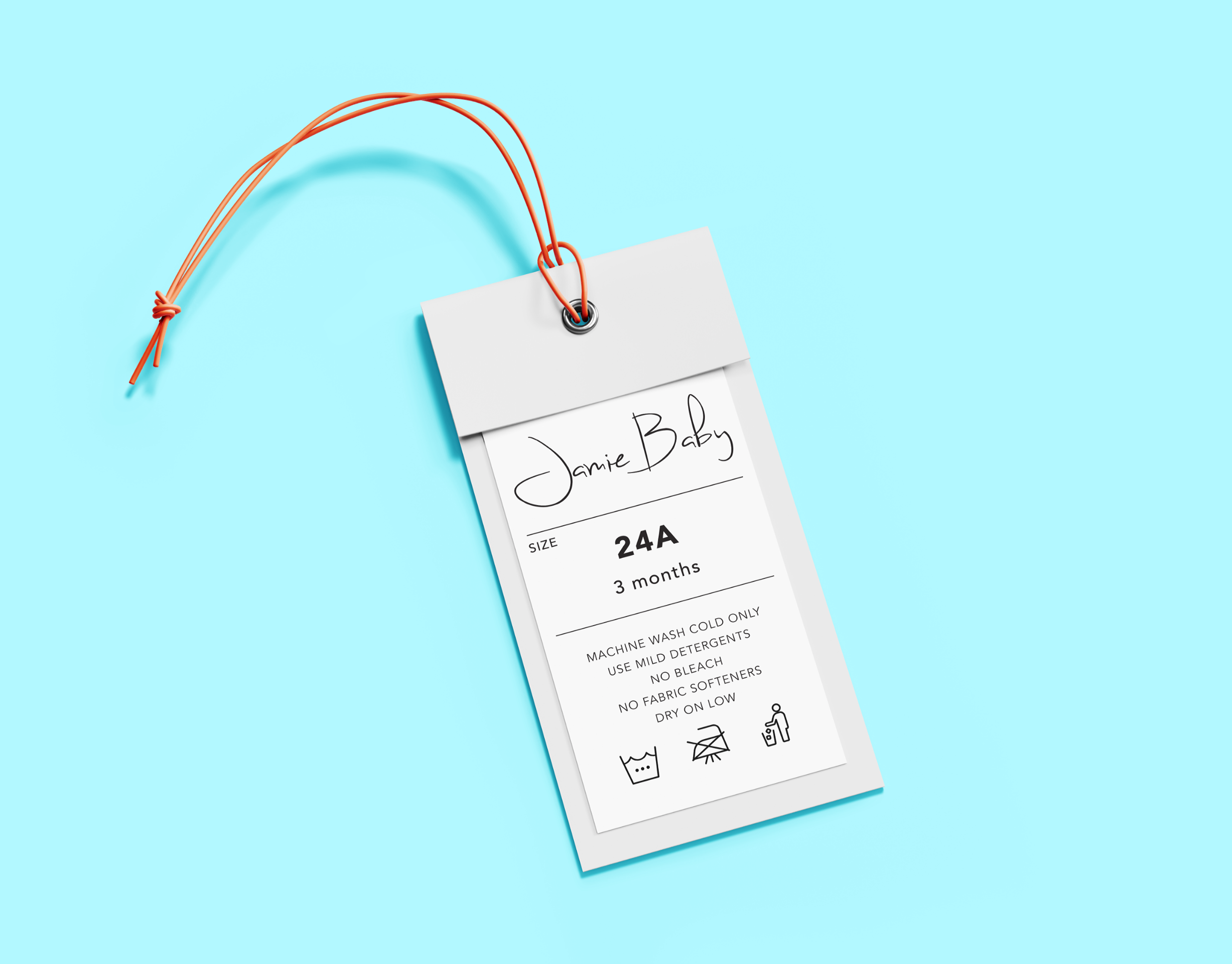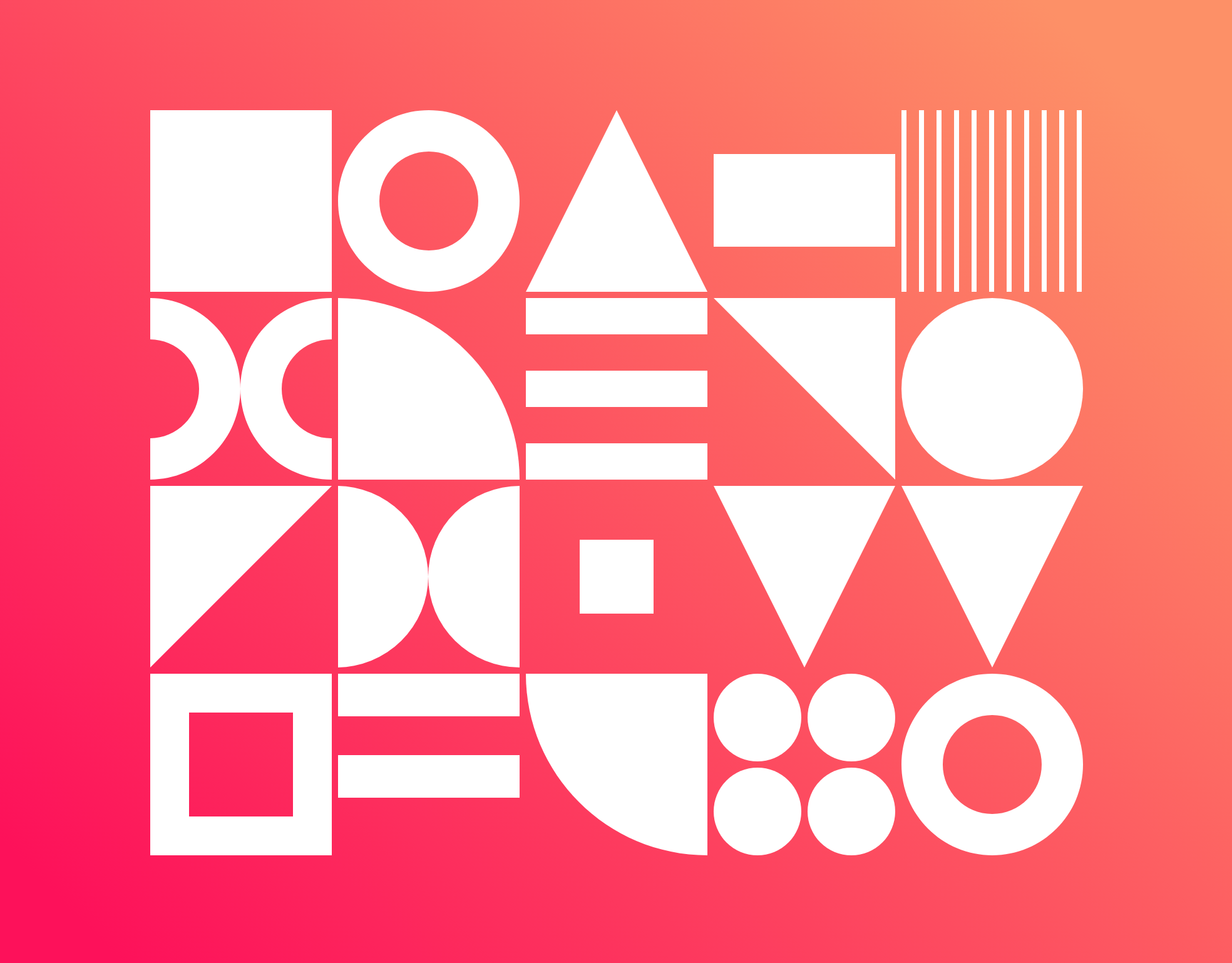Overview
Solution
I designed Assemblé, a tablet app that allows users to pick a score in less than 5 seconds, and keep track of how many times a piece has been played.
Design Outcome
Approach
Discover
Focus group
To better understand ballet pianists' individual and collective piano playing experience for ballet classes, I conducted a focus group with 4 professional ballet pianists to learn about their daily routine at a ballet studio.
Key research questions:
1. What is the structure of a typical ballet class?
2. What mechanism do you use to pick music on the spot?
3. Are there any pain points?
4. How do you categorize music sheets?
I synthesized the results using affinity mapping:
Contextual research
I observed two ballet classes to better understand the pacing, the interaction between the dance teacher and pianist, and its structure. Main observations:
I synthesized the results from both the focus group and contextual research, and summarized a couple major insights:
Define
I used persona, journey mapping and storyboarding to visualize and truly immerse in ballet pianists' experience while playing for ballet classes.
Persona
To empathize with the target users and understand their pain points and needs, I created a persona using the research findings I collected from the discover phase.
Journey Mapping
I used journey mapping to go through a ballet pianist's routine during a typical ballet class. The goal is to emerge into the experience through the users' eyes, and identify opportunities for the product.
Storyboarding
I used storyboarding to visualize and explore a user's experience with the product. The goal is to understand the real-life limitation of ballet pianists during ballet class.
Design
Crazy 8's
To turn all the research insights into more concrete ideas, I used crazy 8s to flush out the ideas.
User flow
I used user flow to lay out the features of the product and visualize what journey a user might take.
Feedback on user flow
To make sure the user flow is intuitive before I started designing the product in detail, I chatted with 3 pianists, seeking feedback on the user flow to see if any important section is missing.
Two common themes raised: the need to share scores and to know how many times a score has been played. Here’s the updated user flow:
Paper wireframes
Based on the user flow and the feedback, I created paper wireframes to visualize the flow on a higher level, focusing on the functionality.
Digital wireframes
I used digital wireframes to further narrow down my ideas and turn the paper wireframes into a more detailed version of the product.
Lo-fi prototype
To make sure the flow is smooth and testable, I created a lo-fi prototype.
↓ Clickable ↓
Usability test 1
5 ballet pianists were invited to participate in the usability test. They were given the following tasks:
• Find a score for ‘tendu’
• Create a playlist
• Explore app features
Here are the changes inspired by the insights:
Deliver
Hi-fi prototype
This is the first version of Assemblé, devised from research and iterated from the lo-fi prototype.
↓ Clickable ↓
Usability test 2
5 ballet pianists were invited to participate in this round of usability testing with the hi-fi prototype. They were given the following tasks:
• Find a score for ‘tendu’
• Create a setlist
• Explore app feature
Here are the changes I made based on the insights:
This is the second version of Assemblé, with changes incorporated.
↓ Clickable ↓
Takeaways
Prototype vs real product
Zonia in 2022
The app was intended to have more gestures other than one-finger taps including double taps and three-finger taps, however, as Adobe XD does not support these gestures, the flow of the usability test was disrupted as I had to explain how the functions can be triggered in real life situations. Not only did this affect the users’ experience, it also might have affected their feedback and thoughts on the product, potentially making the usability tests less credible.
Accessibility issues
Zonia in 2024
"Oy!" You probably feel it too.
Where can you find contrast issues?
Every single page!
Where can you find contrast issues?
Every single page!
Can you imagine a pianist trying to find scores with this app in the dark during dress rehearsals, where the backstage area is often dimly lit?
But I'll be nice to the younger me. I hope that if she knew 8% of Americans have visual impairments and that playing piano in the dark is actually a type of situational disability, she would consider ways to adjust the UI to accommodate those scenarios. I hope that she'd build the documentation, incorporating accessibility checks during the early design process, and educating future designers on the importance of this. So that one day, when she retires and starts playing piano for ballet again in her 60s, with her eyes less sharp and her motions more restrained, she'd find Chopin's Waltz in C Sharp Minor in a couple of seconds and think to herself, 'What a great piece for adagio!'
Thank you for reading!
↓ Check out my other work ↓


